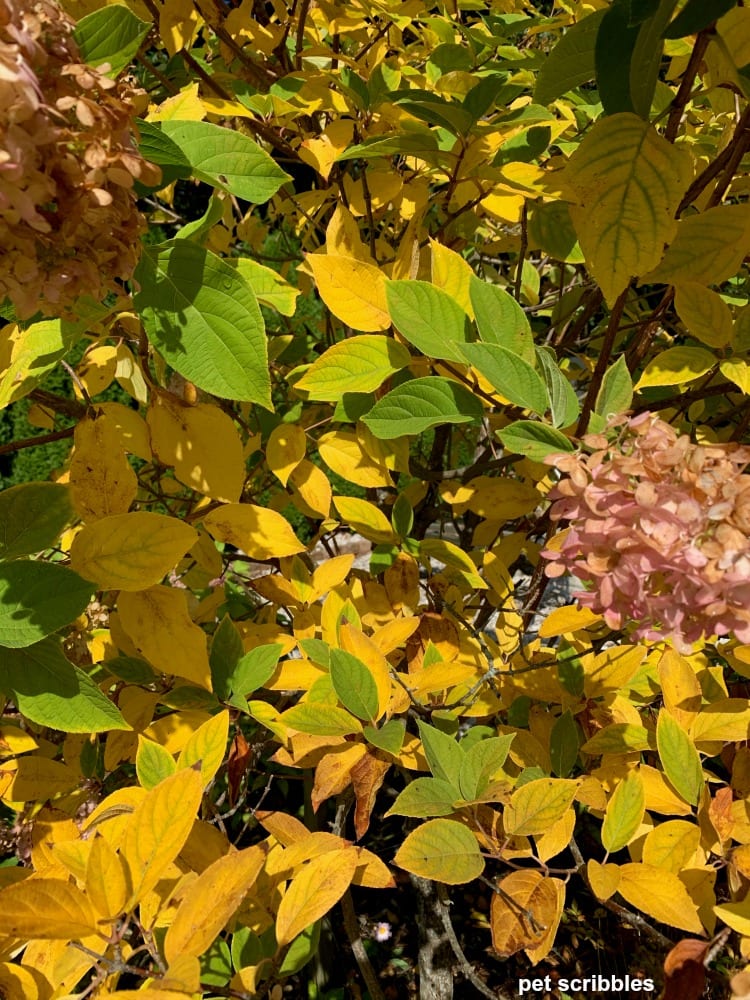About Hydrangea Leaves Turning Yellow
Indicators on Hydrangea Leaves Turning Yellow You Need To Know
Table of ContentsUnknown Facts About Hydrangea Leaves Turning YellowThe Of Hydrangea Leaves Turning YellowUnknown Facts About Hydrangea Leaves Turning YellowWhat Does Hydrangea Leaves Turning Yellow Mean?Hydrangea Leaves Turning Yellow Can Be Fun For EveryoneSome Known Details About Hydrangea Leaves Turning Yellow
The container needs to be big enough so the plant can expand and get all of the water and nutrients it requires. Panicles like the full sunlight.
Decorative turf, Rose of Sharon, or Holly shrubs are just a few concepts of plants you can use to obstruct the wind. If you need to transplant, find an area in your yard that is well safeguarded from sun and wind. Transplanting is finest carried out in the fall or the springtime.
Hydrangea Leaves Turning Yellow Things To Know Before You Buy
The plants area is the most essential aspect when it comes to obtaining recognized and appropriate development. With a little forethought on planting location and appropriate upkeep, you'll be able to ensure your hydrangeas!.
If Hydrangea leaves turn yellow and drops off later on, it's normally due to overwatering, as the plant can not uptake water and loses the fallen leaves to reduce off transpiration. Following this, Hydrangea leaves beginning to sag and shrivel. Considering that both conditions can develop yellow fallen leaves, you need to identify the difference between the overwatered and underwatered plant.
You can rescue the plant from yellow leaves by using it the right light and placement. If your plant obtains yellow fallen leaves, relocate it to a dark place.
Excitement About Hydrangea Leaves Turning Yellow
Remember, Hydrangeas are just frost tolerant in autumn and winter season as they go inactive, and temperature modifications can create yellowing leaves and brown places. If it gets as well cozy, the edges of the leaves come to be yellow, turn brownish and create a crispy structure. Transfer your potted Hydrangeas away from drafty north-facing home windows in the winter.
Hefty soil can easily obstruct the oxygen supply to the roots and sever the connection with the top components of the plant (fallen leaves). Hydrangea leaves alter their color if they find small troubles in the dirt structure. This problem can trigger the Hydrangea entrusts to transform yellow, struggle with leaf decreases, and make a sagging plant in sync with overwatering.
Yellow fallen leaves in Hydrangeas are the initial signs of condition infestation, frequently followed by black areas, browning, goes down, and wilting. Isolate the diseased or pest-infested plant from the healthy plants to avoid disease spread. If it is a garden plant, remove all the infected leaves using disinfected devices and cleanse up all the particles.
How Hydrangea Leaves Turning Yellow can Save You Time, Stress, and Money.
So, removing aids Hydrangea shade unnecessary weight and protection, allowing the growth of new leaves. The most effective time to prune Hydrangeas is spring when the plant is ready to grow vegetation for the next season. Check for invested or infected leaves and reduce the base of a stalk that signs up with the fallen leaves and look what i found stem.
Stay clear of cutting healthy or green leaves, and do not remove greater than 25% of the plant's vegetation. Gather the discarded entrusts to shed or compost them. The main factor behind the red fallen leaves in Hydrangea is poor dirt or environmental problems. If Hydrangea fallen leaves have a white powdery material on them, it indicates Powdery Mold infection.
Repot the plant annually in spring or every 2 years if the development rate is slow-moving.
Hydrangea Leaves Turning Yellow for Dummies
There are 6 main reasons why this could happen:: The plant does not get adequate sunlight.: The roots are either as well damp or too dry.: The plant is as well cold.: The dirt is not acidic or alkaline sufficient for the hydrangea.: The plant isn't getting the best nutrients it requires to remain healthy.
Each reason impacts the plant in a way that can be dealt with if we comprehend just how to take care of hydrangeas properly. When we discuss insufficient light for hydrangeas, we suggest that the plant isn't go to my blog getting enough sunlight. Hydrangeas favor bright light, however not straight, scorching sun - Hydrangea Leaves Turning Yellow. They typically grow finest with early morning sun and afternoon shade.
Without adequate sunshine, the fallen leaves can turn yellow, the plant can end up being weak, and it may create fewer blooms. To make certain a hydrangea obtains sufficient light, it ought to be put in an area where it can delight in the morning light and be shielded from the extreme afternoon sun. Overwatering is when a hydrangea plant obtains more water than it needs.
Hydrangea Leaves Turning Yellow Fundamentals Explained
Yellow leaves might be a sign that the plant is obtaining also much water. On the other hand, dehydration takes place when the plant doesn't obtain enough water.

It is necessary to know that this sort of yellowing is different from the yellowing brought on by problems like way too much water or not sufficient recommended you read light. Therefore, if the yellow fallen leaves are mostly at the bottom of the plant and the rest of the plant looks healthy and balanced, it could just suggest that the leaves are merely obtaining old.